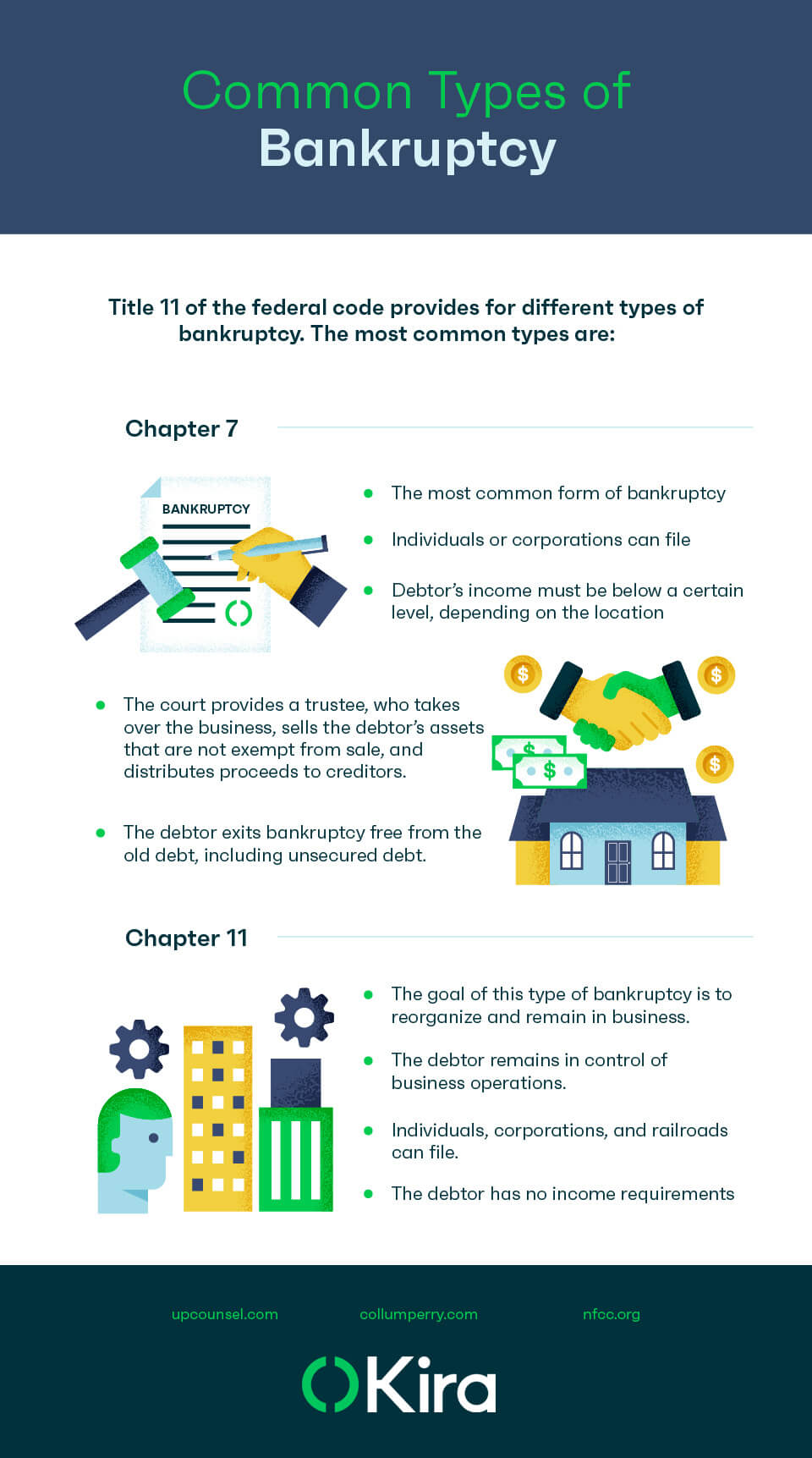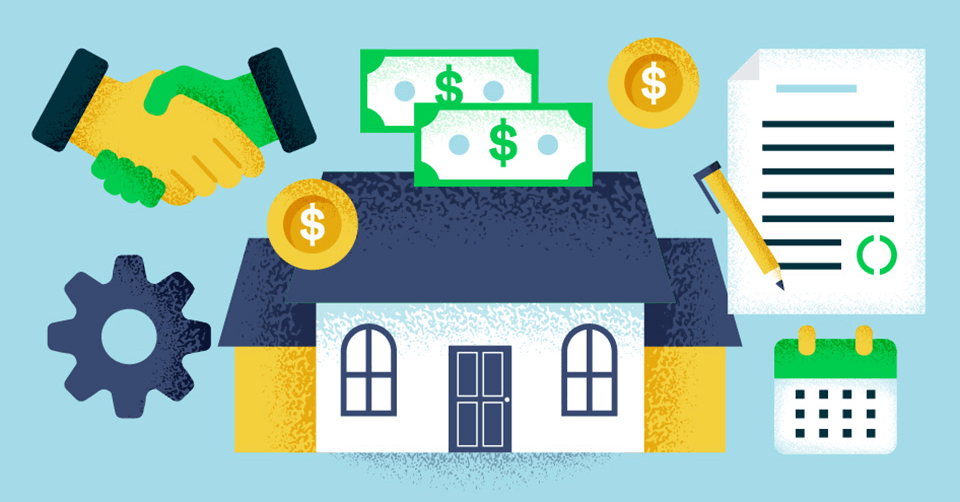After the World Health Organization declared COVID-19 a pandemic, many states imposed lockdowns, ordering non-essential businesses to close and limiting public interaction. Lockdowns severely curtailed shopping and travel, which caused many businesses — especially in the restaurant, hospitality, and leisure industries — to struggle economically.
Thousands of companies have declared bankruptcy, including big names such as Neiman Marcus, Hertz, J. Crew, and Brooks Brothers. But these familiar businesses are not necessarily gone for good. Bankruptcy can allow a company to reorganize its debt and try again.
Bankruptcy in Federal Courts
Bankruptcy is a legal proceeding handled in federal court that allows businesses to reorganize their debts and make repayment plans with creditors. If it is not possible for the business to continue operating, bankruptcy provides a method to liquidate its assets and distribute them among creditors.

Understanding Chapter 7 Bankruptcy
Since individuals and companies file for Chapter 7 bankruptcy when they are struggling financially, debtors may not be able to pay all their creditors. The court provides a trustee, who sells the debtor’s assets and distributes the proceeds to creditors. The bankruptcy code gives priority to secured creditors, who are first in line for payment, followed by unsecured creditors.
Secured creditors are lenders whose loans to the company are backed by collateral such as a mortgage on real property or security interests in other company assets. Many secured creditors are banks.
Unsecured creditors are lenders without security interests in the company’s property. These may include banks, suppliers, and bondholders. The trustee pays them from assets remaining after reimbursing secured creditors. Shareholders are last on the list if anything is left.
Bondholders have a better chance of getting their money back from the company than stockholders because these parties have a debtor and creditor relationship. Bonds represent company debt that the company agreed to repay with interest. Stockholders are not creditors. They are owners of the company. They make a greater profit than bondholders in good times and take greater risk in hard times.
Understanding Chapter 11 Bankruptcy
A Chapter 11 filing stops debt collection, giving a company time to create a plan to become profitable again by cutting costs and increasing income. Chapter 11 bankruptcy can help companies with significant debt reorganize and restructure, allowing them a second chance. But the filing also has negative consequences. For example, share prices of companies that file for Chapter 11 often drop afterward.
According to Epiq, a legal services provider, commercial Chapter 11 filings in May 2020 were up 48 percent from May 2019, while filings in September 2020 were up 78 percent over September 2019. For the first six months of 2020, total filings were up 26 percent from the same period in 2019.
As part of a reorganization, a debtor may assume or reject its executory contracts (contracts that haven’t been fully performed or executed). There are special issues around what happens to intellectual property if the debtor rejects an intellectual property agreement in which it is a licensor. Our study on intellectual property and bankruptcy can help distressed companies and creditors understand the protections that specific contractual clauses provide in the event of bankruptcy.
Strengthening Collateral Protection
As the volume of bankruptcies rises because of the pandemic, companies are trying to avoid filing by renegotiating credit agreements or finding new financing. Most credit agreements require borrowers to put up collateral to secure their obligations to the creditor and enter into negative covenants. Negative covenants are legal promises that restrict the debtor from carrying out specific actions. But many negative covenants include “baskets” (dollar amount exceptions to negative covenants in credit agreements designed to allow borrowers some flexibility to continue operations) that can be leveraged by sophisticated borrowers to create a “trap door” . The “trap door” maneuver has been used to effectively restructure a borrower’s debt, to the detriment of senior or pre-existing debt holders —f or example, by transferring assets to subsidiaries that are not subject to restrictions in the credit agreement.
In 2016, retailer J.Crew desperately needed additional financing. The company’s secured loan agreement contained a negative covenant limiting investments in subsidiaries. J.Crew used three baskets in that agreement to restructure its debt and access additional funding.
Both lenders and borrowers must analyze their credit facilities to identify potential weaknesses. See our study about strengthening collateral protection to learn how lenders can limit borrowers’ actions with respect to unrestricted subsidiaries to prevent their borrowers from following J. Crew’s lead, and how borrowers can reduce the risk of breaching their obligations under pre-existing credit facilities.
Conclusion
Bankruptcy can be a fresh start for some companies, but it is a complex legal procedure with advantages and disadvantages. It’s important to understand the ramifications before filing in bankruptcy court.
